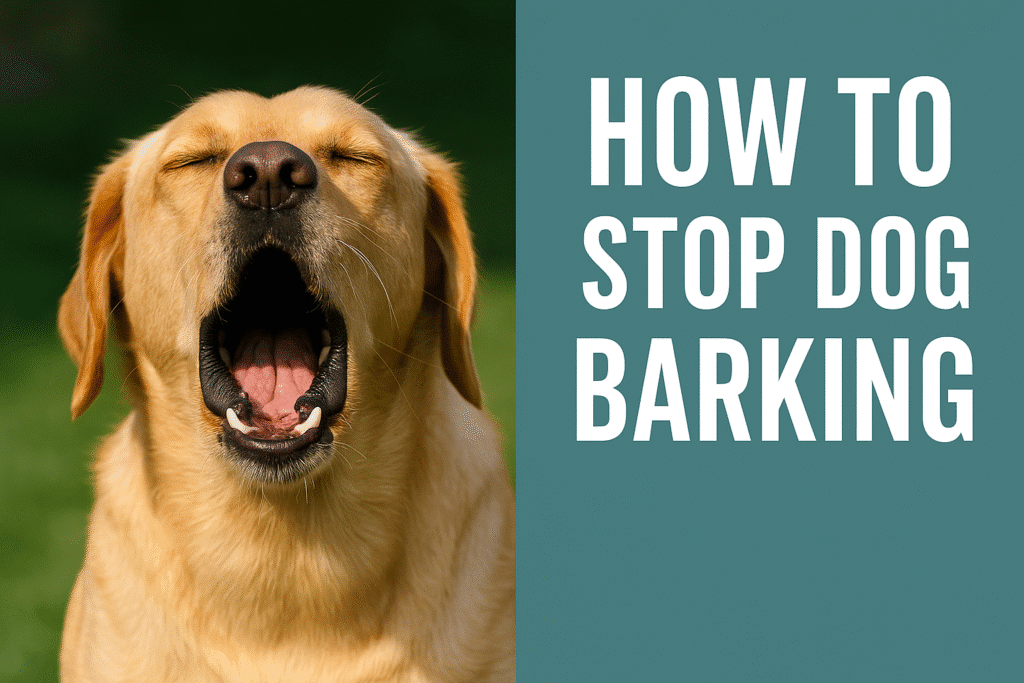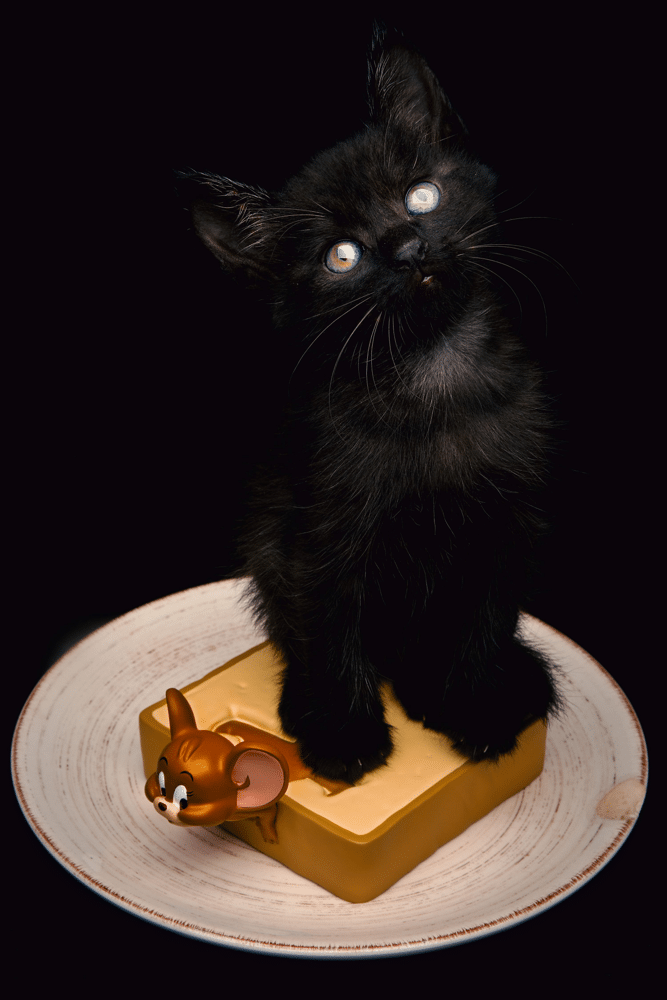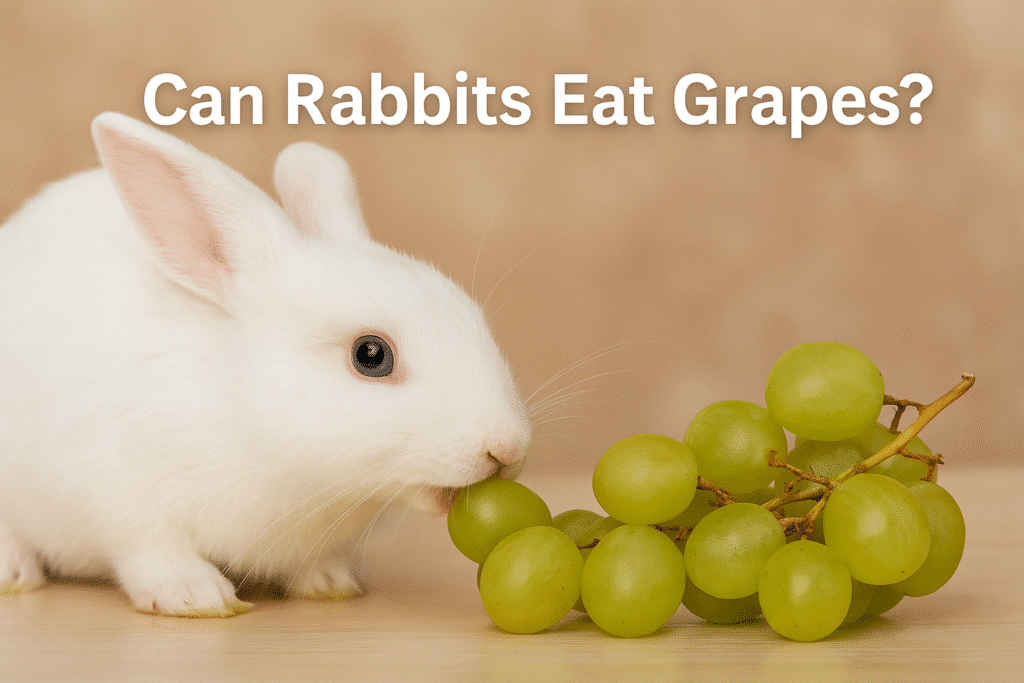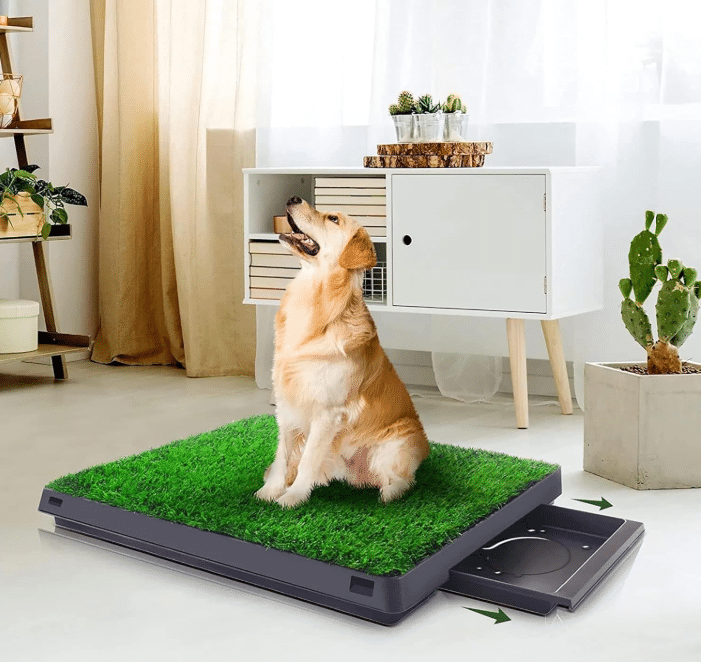10 Best Dog Parks Near Gwinnett County, Georgia
Discover 10 best dog parks near Gwinnett County, GA – complete with features, safety tips, and more for a tail-wagging outing your pup will love! 10 Best Dog Parks Near Gwinnett County, Georgia (Comparison & Tips) If you’re looking for the perfect place to let your pup run and play off-leash, you’re in luck. Gwinnett County, Georgia and its surrounding areas offer some fantastic dog parks where dogs can romp, socialize, and burn off energy. In fact, 91% of Americans believe dog parks benefit communities by giving dogs a safe space to exercise and socialize. This guide will walk you through the 10 best dog parks near Gwinnett County, GA, comparing their features side by side and providing helpful tips for a fun, safe visit. We’ve kept it kid-friendly in explanation, so even a 7th-grader (and, of course, your dog!) can understand and enjoy. Let’s dive into these tail-wagging destinations! 1. Chattapoochee Dog Park – Duluth, GA Why it’s great: Chattapoochee Dog Park is a paw-some play spot located along the Chattahoochee River in Duluth. This large, fenced park offers separate areas for large and small dogs, so pups of all sizes feel safebringfido.com. There are water fountains, agility equipment, and plenty of shaded spots with benches for owners to relaxbringfido.com. Dogs can sprint across open fields and sniff around wooded areas at this parksuwaneemagazine.com. It’s a community favorite and even has a playful name (a pun on “Chattahoochee”). Just remember to leash your dog when outside the fenced areas and always clean up any mess (trash cans and waste bags are on-site). Chattapoochee Dog Park is loved for its spacious grounds and friendly atmosphere – a perfect place for your pup to make new pals. Tip: This park can get popular on nice weekends. If your dog is a bit shy, try visiting in the early morning or on weekdays when it’s quieter. Also consider bringing a towel if your dog loves to splash in the water features or gets muddy during play. 2. Lenora Park Dog Park – Snellville, GA Why it’s great: Lenora Park in Snellville features a huge off-leash dog park that many local pet parents adore. It’s actually divided into three sections: one for large dogs, one for small dogs, and a communal area where dogs of all sizes can minglebringfido.com. This setup is great if you have multiple dogs of different sizes or if your pup is still learning to socialize. You’ll find benches, water fountains, and even some agility equipment like ramps or hoops for extra funbringfido.com. Lenora Park’s dog park community is known to be welcoming and active. Some regulars note that it’s best to go at off-peak times if you want a calmer experience, as weekends can be busybringfido.com. Outside the dog park area, Lenora Park also has paved walking trails, a fishing lake, and playgrounds, making it a full family outing spot. Tip: Bring along a collapsible water bowl for your dog to drink from, especially on hot days – even though the park has fountains, it helps to have a portable bowl for your pup’s comfort. Also, keep an eye on your pet and supervise play. While most visitors are friendly, it’s important to intervene if play gets too rough so that everyone has a good timegwinnettcounty.com. 3. Rabbit Hill Park Dog Park – Dacula, GA Why it’s great: Rabbit Hill Park in Dacula boasts one of the best dog parks in Gwinnett County (many locals say it’s their favorite park overall). This 107-acre park includes a large fenced dog area with lots of trees, grassy space, and shade for pups to rompbringfido.com. There are separate enclosures for small and large dogs, plus a third “dog run” area that can be used when one section is under maintenance or just to give dogs more room to sprintbringfido.com. Pup parents will appreciate the sitting areas both in and out of the shade where they can relax while keeping an eye on their dogsbringfido.com. Rabbit Hill’s dog park even has a few obstacles (like ramps or hoops) to add to the fun. It’s well-maintained and known for its friendly crowd. After playtime, you can take your leashed dog for a walk on the paved trail that winds through the rest of Rabbit Hill Park. Tip: Pack the essentials – bring waste bags (always clean up after your dog, as required by park rules) and maybe a favorite toy or ball. Rabbit Hill Park has plenty of open space, so a game of fetch here can really tire out an energetic pup! Also, don’t forget your dog’s collar with current rabies tag, which is required in all Gwinnett dog parksgwinnettcounty.com. 4. Harbins Park Dog Park – Dacula, GA Why it’s great: Harbins Park is a large park in Dacula that features a wonderful off-leash dog park tucked within its natural landscape. The Harbins dog park is divided into three fenced areas, including one for small dogs and one for larger dogsbringfido.com. This park has a more rustic, woodsy feel – there’s agility equipment for doggie exercise and even a covered bench where owners can sit and watch their pups play in the shadebringfido.com. A water spigot is available in the warm months so you can fill your dog’s bowl and keep them hydratedbringfido.com. Harbins Park is part of a much bigger park with miles of walking trails, so it’s perfect for an adventure. Many people bring their dog to the fenced area to play, then go for a leashed walk or hike afterward on Harbins Park’s scenic trails. The dog park area is highly rated for being clean and well-kept, and it tends to be a bit quieter and less crowded than some city dog parks (great for dogs who prefer calmer environments). Tip: Take advantage of the location and enjoy a leashed nature walk after the dog park session. Harbins Park has beautiful trails through forests and meadows. Just be sure to keep your pup leashed on the trails and
10 Best Dog Parks Near Gwinnett County, Georgia Read More »











